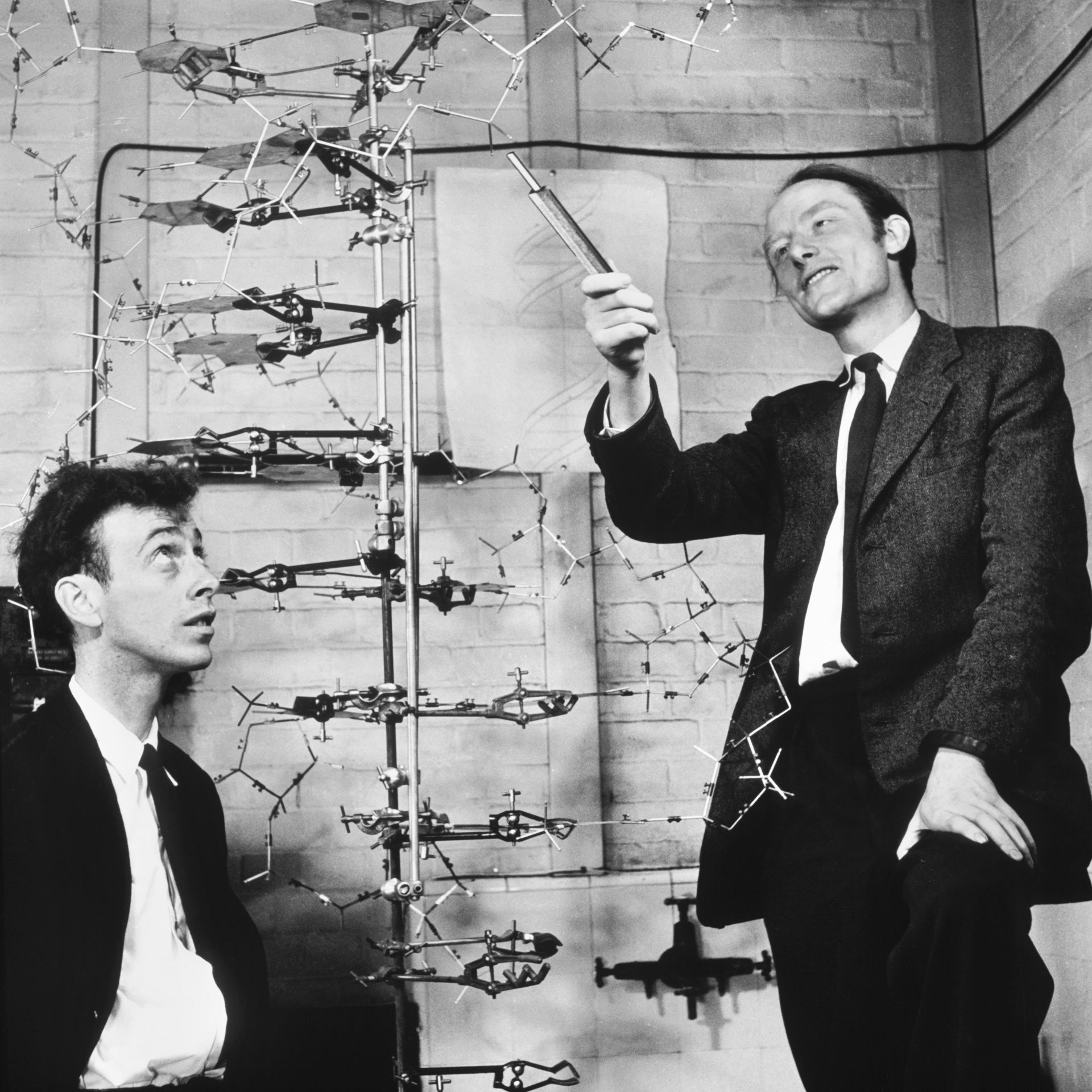DNA is of two nucleotide strands coiled around each other in a ladderlike arrangement.
DNA is a polymeric molecule that is composed of repeating nucleotide subunits.


References
1. Gene Expression:http://en.wikipedia.org/wiki/Gene_expression.
2. Gene Regulation:http://www.nature.com/scitable/topic/gene-expression-and-regulation-15
Polynucleotides.
Nucleotides can link together by the formation of phosphate ester bonds. The hydroxyl group of a phosphate on one nucleotide undergoes a condensation reaction with the hydroxyl group on the carbohydrate ring of another nucleotide. The process may continue, building up nucleic acid molecules. These polymers care called polynucleotides and form a chain. Each chain has a helical structure (a helix), in other words the molecule is coiled like a spring.
The two helices are then intertwined to give a double helix. The bases are on the inside of the helix and the phosphate groups are on the outside.
The two helices are held together by pairing of the nucleotides' bases through hydrogen bonding. Because the double ring purines are bigger than the single ring pyrimidines the structure can only form with purine bases opposite pyrimidine bases. A big one complements a little one to take up about the same space.
Need Illustrations]
The structure is sometimes described as a ladder where the sugar-phosphate chains are the sides of the ladder and the base-base bonds are the rungs. Intermolecular forces twist the ladder into a double helix shape.The structure of RNA
The structure of RNA differs fundamentally from that of DNA in three ways:
- It forms a single strand sugar-phosphate chain
- The sugar in its nucleotides is ribose
- The base thymine is replaced by the base uracil
Although RNA is single stranded it can form helical loops by folding back on itself. Hydrogen bonding between base pairs holds the strand in shape. This allows RNA to carry out its important function in protein synthesis.
Nucleotides contributes to the formation of Nucleic Acids (DNA or RNA) as well as a variety of coenzymes and regulatory molecules of physiologic importance (eg, NAD+, NADP+, and ATP).
In addition, nucleotides play roles in biological energy storage and transmission, signaling, regulation of various aspects of metabolism, and even an important role as an antioxidant.
Genes act in combination with an organism's environment to influence development.
Human genetic information primarily is contained within chromosomal nuclear genes, inherited from both parents, but is also present in mitochondrial genes inherited from the maternal line.
DNA is a polymeric molecule that is the main component of chromosomes.
It is the material that encodes genetic characteristics.
Reference
http://www.chemguide.co.uk/organicprops/aminoacids/dna1.html